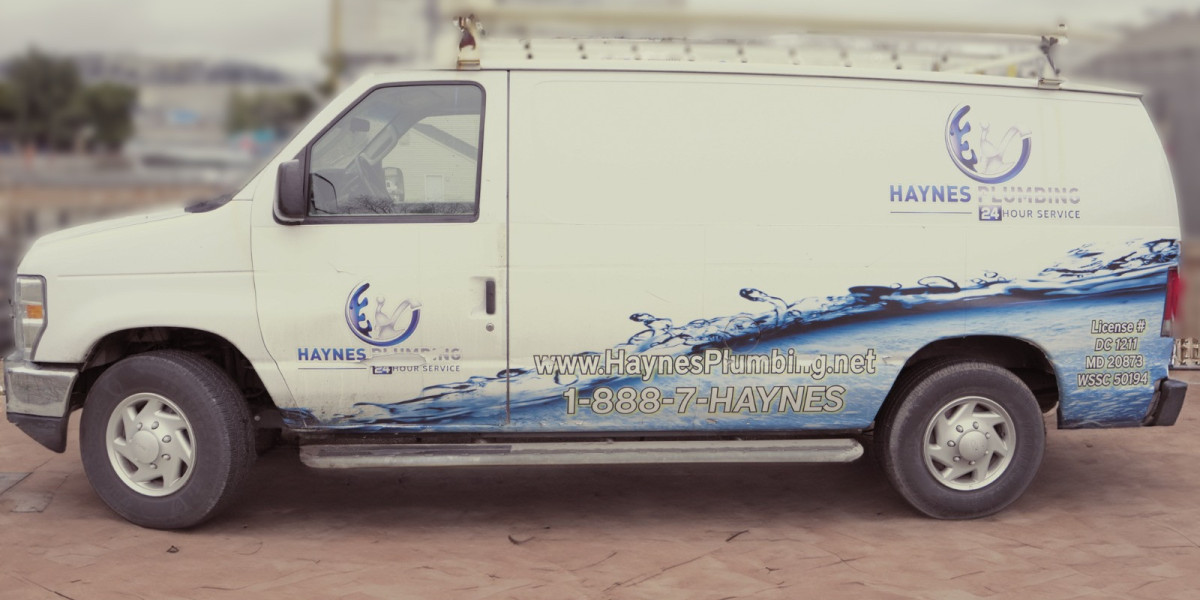This is where the importance of underground drainage systems comes into play. These hidden systems quietly prevent major problems like flooding, erosion, and foundation damage, all while preserving the structural integrity of your home.
Whether you're building a new home, renovating an older property, or simply looking to prevent future issues, understanding and investing in the right drainage system can make all the difference.
Why Water Management Is Critical
Water naturally flows to the lowest point, and if your property isn’t equipped to guide it safely away, it can end up pooling around your foundation or seeping into your basement. Without proper drainage, even a light rain can lead to expensive and irreversible damage.
Here are some of the common issues caused by poor water management:
Foundation Cracks: Water pressure around the base of your home can lead to cracks, shifting, and structural problems.
Basement Flooding: Water entering through walls or foundation cracks can flood your basement, damaging walls, floors, and possessions.
Mold and Mildew Growth: Moisture breeds mold, which not only damages property but poses serious health risks.
Soil Erosion: Water runoff can wash away soil, damaging your landscaping and destabilizing outdoor structures.
Preventing these problems begins with controlling the flow of water through effective underground drainage.
What Are Underground Drainage Systems?
Underground drainage systems are networks of pipes and channels installed beneath the ground to move water away from vulnerable areas. These systems are designed to collect surface water, groundwater, or runoff and redirect it to a designated drainage point such as a storm sewer, dry well, or sump pit.
Some key components include:
French Drains: Trenches filled with gravel and perforated pipes that absorb and redirect water.
Catch Basins: Grated inlets that collect surface water and debris before routing it into underground pipes.
Downspout Extensions: Channels that connect your roof gutters to the underground system.
Sump Pumps: Mechanized pumps that remove water from basements or low-lying areas.
Each system is designed based on the property's layout, soil type, and water flow patterns.
Benefits of Installing an Underground Drainage System
Investing in a professionally designed and installed underground drainage system offers long-term benefits, both financially and structurally.
1. Protects Your Foundation
When water accumulates near your foundation, it creates hydrostatic pressure that can crack concrete and weaken your structure. Underground drainage relieves this pressure by rerouting water before it can cause harm.
2. Prevents Landscape Damage
Heavy rain and runoff can erode your yard, damage gardens, and wash away mulch. A good drainage system preserves your landscaping investment and keeps your yard looking clean and organized.
3. Reduces Pest Infestations
Standing water attracts insects like mosquitoes and can become a breeding ground for bacteria. Eliminating puddles through proper drainage keeps your property safer and more enjoyable.
4. Improves Home Value
A dry, well-maintained home is more appealing to buyers. Potential homeowners view effective drainage as a sign of responsible upkeep and are more likely to pay a premium for a home with fewer long-term risks.
Signs You Might Need a Drainage System
Sometimes the need for a drainage solution isn’t immediately obvious. Here are some warning signs to watch for:
Water pooling near the foundation after rain
Basement or crawl space dampness
Soil washing away in parts of your yard
Discolored or wet patches on basement walls
Mushy, consistently wet areas in your lawn
If any of these symptoms appear, it’s time to evaluate your property’s drainage and consult with a professional.
Choosing the Right Drainage Expert
Installing underground drainage is not a simple DIY project. It requires careful planning, expert knowledge of local soil conditions, and proper tools to ensure effectiveness and compliance with building codes.
A reliable plumbing and drainage professional will:
Assess your property’s slope and water flow
Recommend the best system for your needs
Handle permits and inspections
Install the system with minimal disruption to your landscaping
One trusted name in the industry is Underground drainage systems, offered by Haynes Plumbing. Their team specializes in designing custom solutions to protect your home from water-related issues and ensure long-term durability. From initial consultation to expert installation, they bring peace of mind with every project.
Final Thoughts
Water might seem harmless, but when left unchecked, it can be one of your home's biggest threats. By installing an efficient underground drainage system, you're not just preventing damage—you’re protecting your investment, improving your property value, and ensuring a safer environment for your family.
If you’re noticing signs of poor drainage or simply want to prepare your home for the future, don’t wait. Address it now before small issues become costly problems.



